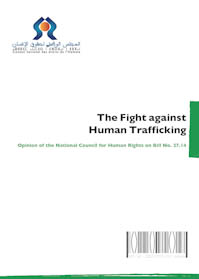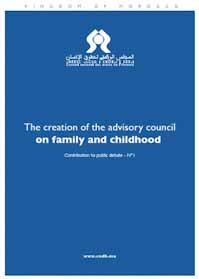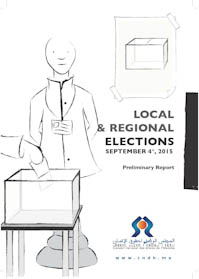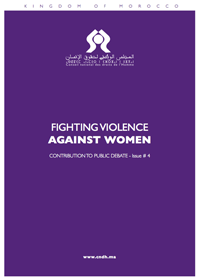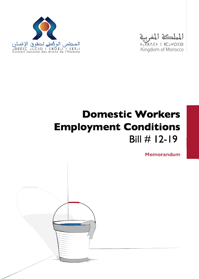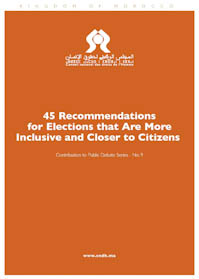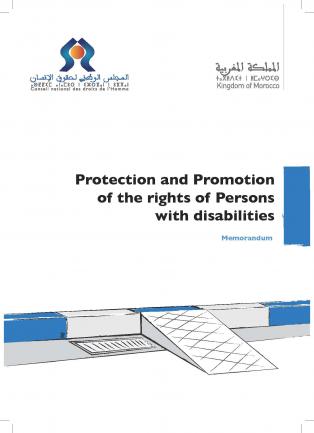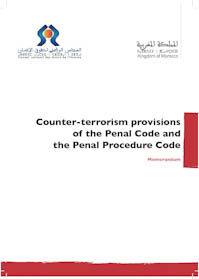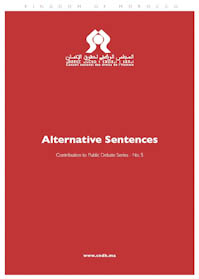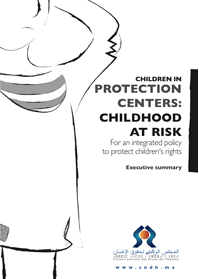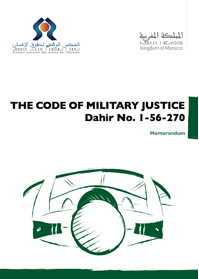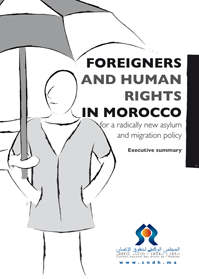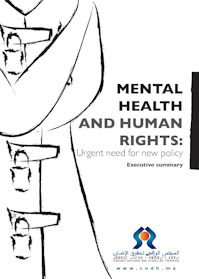"CULTURAL HERITAGE OF THE RIF: WHAT MUSEOGRAPHY?" SYMPOSIUM KICKED OFF IN AL HOCEIMA
“Preserving the collective memory of Moroccans … essential step on the path to building a full-fledged democratic society”, extract from His Majesty’s message to the participants of the symposiumThe "Cultural Heritage of the Rif: What Museography?" symposium kicked off in AL Hoceima on Friday, July 15th, 2011. It was organized, under the patronage of His Majesty King Mohammed VI, by the (Moroccan) National Human Rights Council (CNDH), in partnership with the Municipality of Al Hoceima and the Regional Council of Taza - Al Hoceima –Taouanate. It was supported by the Council for the Moroccan Community Abroad, the Royal Institute for the Amazigh Culture and the National Archeology and Heritage Institute.

“The region has always been a place of communication and interaction with the Maghreb, the Euro-Mediterranean area, the Mashreq and Africa. It has thus shaped and acquired a distinct identity, combining local cultural elements, with input from external sources”, His Majesty said in his message to the participants of the symposium.
“I look forward to the emergence of a museum worthy of the distinct, historic contribution of the brave men and women of the Rif. I expect it to contribute, through its programmes and activities, to collecting scientific data pertaining to the material as well as immaterial heritage of the Rif region. I want it to raise awareness among the various actors dealing with the cultural heritage, as well as the relevant institutions, development agencies, elected bodies and civil society organizations, about the importance of local cultural resources, and their role in the promotion of sustainable development”, His Majesty said.
The participating national and international academics and experts discussed the best scenarios to create a museum that respects the specificities of the region of the Rif and reflects its rich and exiting history. They worked on the collection of scientific data related to the tangible and intangible cultural heritage of the region. They gave detailed presentations that highlighted the richness of the area in terms of prehistoric geographical and historical sites.
The first session of the symposium was devoted to the examination and study of the sources and archives related to the history of the Rif. Literary, archaeological, ethnographic and cartographic sources are key factors for determining the course of a human group or geographical area.

The participants highlighted the important role documentation can play in the preservation of history and in drawing a clear and comprehensive picture of the cultural heritage. It is a databank that can protect against fallacies. They underlined the importance of the oral tradition and the role it can play in the preservation of the cultural heritage and the protection of identity.
They stressed the importance of thinking of how to retrieve the archive of the Rif from abroad and make it accessible for Moroccans researchers and historians. They all agreed that there is a need to find new and innovative approach to maintain and protect the cultural heritage of the region and to have new skills and competencies in the management of museums.
They indicated that the to-be created museum should be an educational and cultural project and a space for research and investment of knowledge, in full respect for the specificities of the region. It should be a scientific institution par excellence that provides a public service, especially for the new generations, they concluded.





